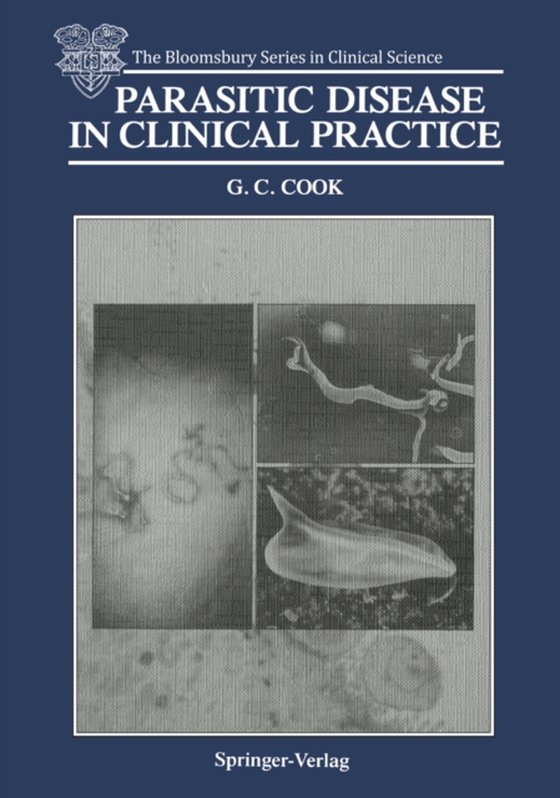
Parasitic Disease in Clinical Practice e-bog
436,85 DKK
(inkl. moms 546,06 DKK)
Parasitic Disease in Clinical Practice is the sixth monograph to appear in the now established and flourishing Bloomsbury Series in Clinical Science. Written by a distinguished authority in the field, the book gives a comprehensive and detailed description of parasitic infections and their clinical consequences. Such infections are no longer confined to tropical parts of the world and now have ...
E-bog
436,85 DKK
Forlag
Springer
Udgivet
7 marts 2013
Genrer
Clinical and internal medicine
Sprog
English
Format
pdf
Beskyttelse
LCP
ISBN
9781447117698
Parasitic Disease in Clinical Practice is the sixth monograph to appear in the now established and flourishing Bloomsbury Series in Clinical Science. Written by a distinguished authority in the field, the book gives a comprehensive and detailed description of parasitic infections and their clinical consequences. Such infections are no longer confined to tropical parts of the world and now have a widespread distribution. Rapid advances are being made in understanding their epidemiology and in diagnosing and treating particular infections. Current literature is largely directed to the parasites, their characteristics and their isolation; a clinical review is clearly needed. This has now been provided, for the author's stated objective is to "e;inculcate a greater awareness, understanding and appreciation of human parastic disease in the minds of all clinicians"e;. London, March 1990 Jack Tinker Preface Homo sapiens has always existed in a finely balanced equilibrium with a great diversity of infective agents, almost all of them of great antiquity. Many must have exerted a profound effect on the evolution of the human genome. While the average physician is usually aware of potentially pathogenic viruses, bacteria (and rickettsia), and to a lesser extent fungi, hislher knowledge of protozoan and helminthic infections is frequently imperfect and often rudimentary.
 Dansk
Dansk

